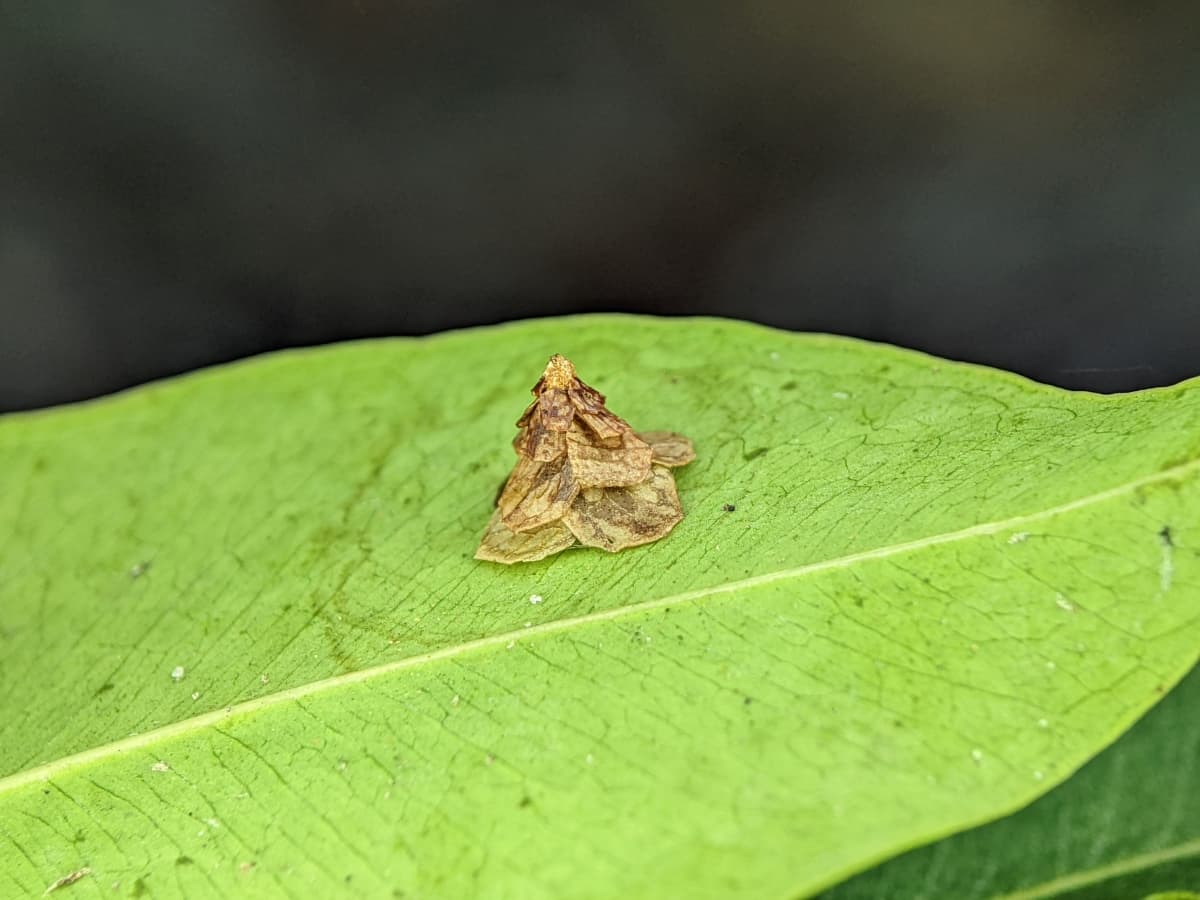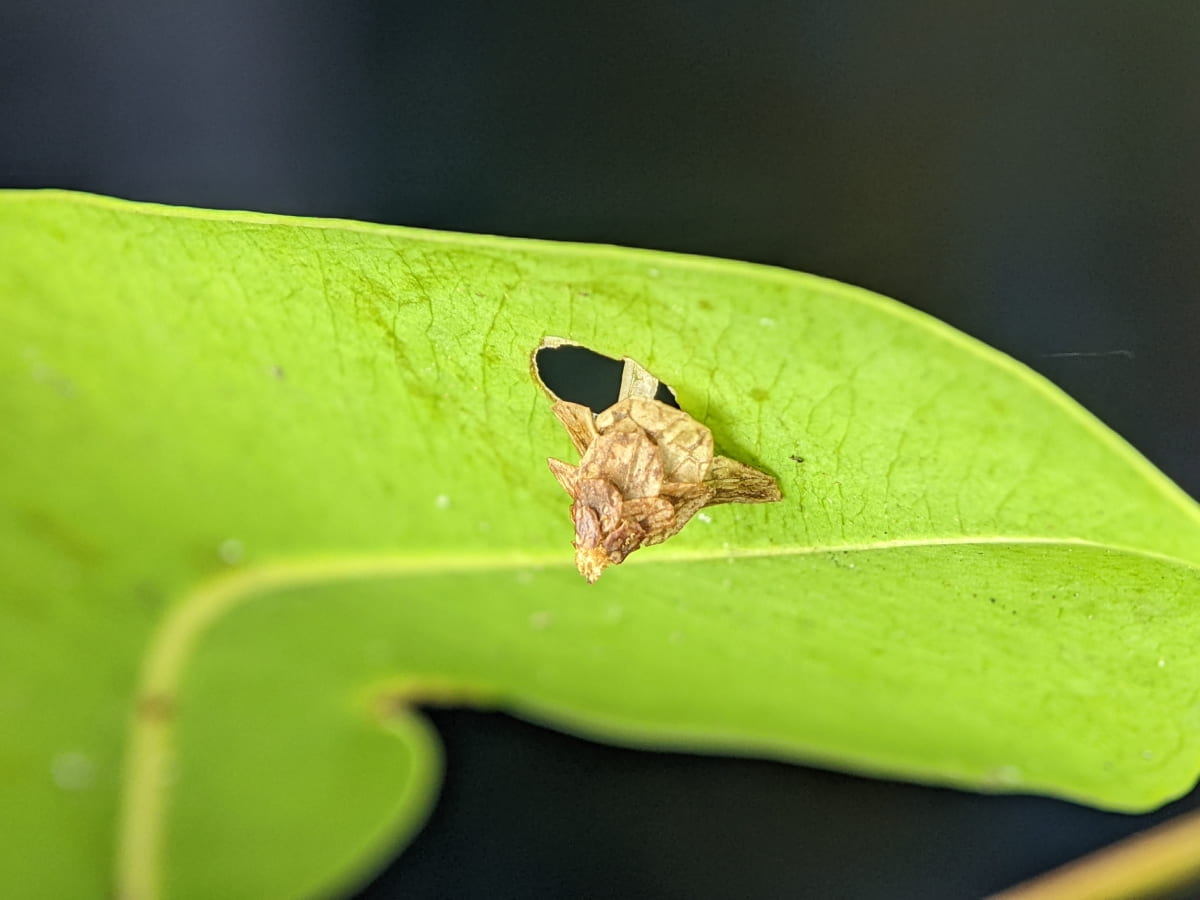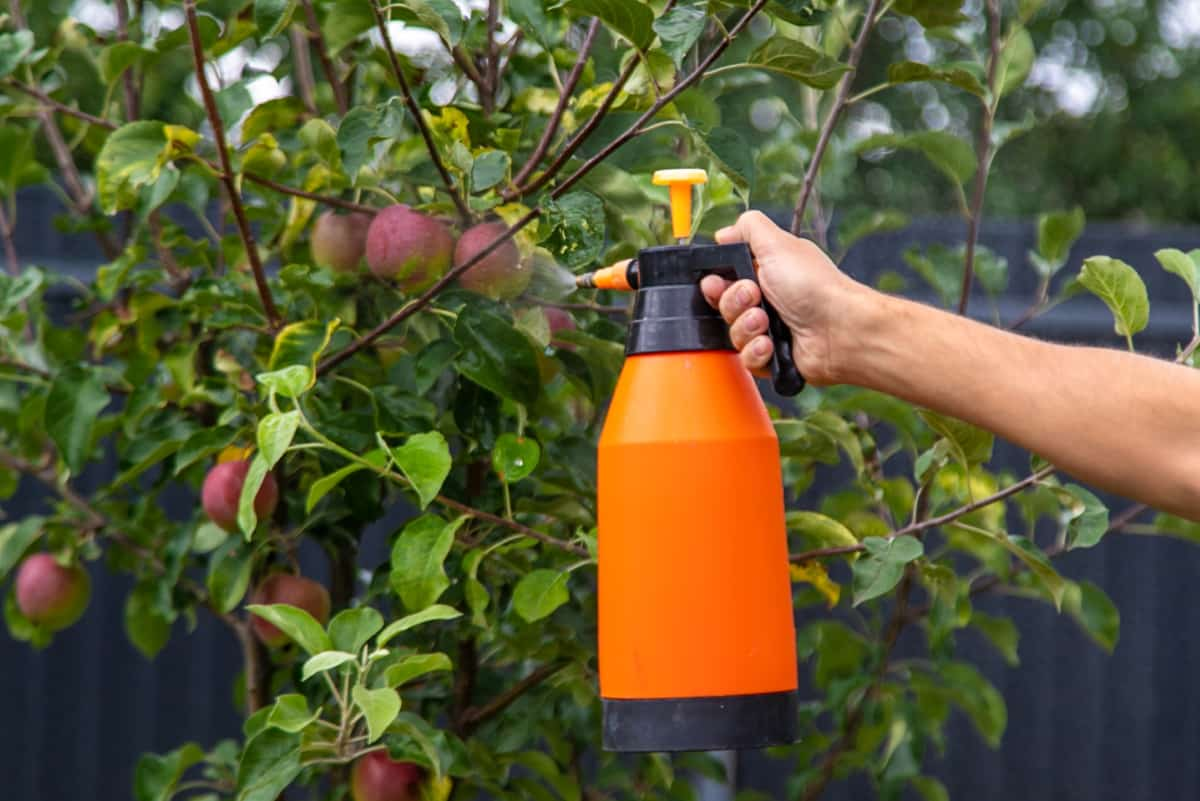Discover efficient bagworm control methods to combat infestations effectively. Learn about natural, chemical, and biological treatments, including handpicking, pruning, and beneficial insects. Implement integrated pest management strategies and environmental controls to prevent and eliminate bagworms. Identify signs of infestation, conduct scheduled inspections, and utilize DIY solutions for long-term protection against damage.

How to Get Rid of Bagworms
Understanding Bagworms
Bagworms are destructive insects that attack a wide range of trees and shrubs, with a preference for conifers such as juniper, pine, arborvitae, cedar, and spruce. The name “bagworm” is derived from the insect’s habit of creating cocoon-like bags from twigs, leaves, and silk, within which the female bagworm lays hundreds of eggs. The larvae emerge from these bags and feed on foliage, causing damage to the host plants.
Lifecycle and Identification
Understanding the lifecycle of bagworms is crucial for effective control. The larvae construct protective bags and gradually increase in size as they feed on plant material. Identifying bagworm infestations involves recognizing the characteristic cone-shaped bags and the signs of defoliation on trees and shrubs. Early detection is key for preventing extensive damage.
Recognizing Signs of Infestation
Signs of bagworm infestation include the presence of bagworm cases on trees and shrubs, defoliation, and discoloration of foliage. Monitoring the health of your plants and inspecting for the presence of bagworms is essential for early detection and prompt treatment.
Mechanical Control Methods
- Handpicking Bagworm Cases: Handpicking bagworm cases is an effective mechanical control method for small-scale infestations. Carefully remove the bags from the affected plants and dispose of them to prevent the spread of bagworms.
- Pruning Infested Branches: Pruning infested branches can help reduce the population of bagworms. Remove and destroy heavily infested branches to prevent further damage to the plant.
Biological Control Options
Encouraging Natural Predators: Encouraging natural predators like birds and parasitic wasps can help control bagworm populations. Providing habitat and food sources for these predators can contribute to natural control.
Introducing Beneficial Insects: Introducing beneficial insects such as predatory beetles or parasitic wasps can aid in the biological control of bagworms. These insects can help reduce the population of bagworms without the use of chemical treatments.
Chemical Control Strategies
Selective Use of Insecticides: When necessary, selective use of insecticides can be an effective control strategy for bagworms. Choose insecticides labeled for bagworm control and apply them according to the timing and application tips provided by the manufacturer.
Timing and Application Tips: Timing and application of insecticides are crucial for effective control. Apply insecticides during the early larval stages of bagworms for optimal results. Follow the instructions as per product label for safe and effective application.
In case you missed it: How to Get Rid of Darkling Beetles: Control Management of Darkling Beetles

Cultural Practices to Prevent Infestations
Plant Selection and Diversity: Selecting a diverse range of plant species and avoiding monocultures can help prevent extensive bagworm infestations. Diversity in plantings can reduce the impact of bagworms on a single species.
Maintaining Healthy Plants: Maintaining healthy plants through proper watering, fertilization, and pruning practices can improve plant resilience and reduce susceptibility to bagworm infestations.
Physical Barriers and Exclusion Techniques
Using physical barriers such as netting and protective coverings can prevent adult bagworm moths from laying eggs on plants. Implementing exclusion techniques can reduce the likelihood of infestations.
Creating Unfavorable Conditions for Bagworms
Creating unfavorable conditions for bagworms, such as reducing excess moisture and improving air circulation, can deter their establishment and reproduction.
Environmental and Natural Remedies
Organic Pesticides and Treatments: Utilizing organic pesticides and treatments, such as Bacillus thuringiensis (Bt), can provide effective control of bagworms while minimizing environmental impact.
Home Remedies for Bagworm Control: Home remedies, like neem oil or insecticidal soaps, can be used as natural and environmentally friendly options for controlling bagworm infestations.
Monitoring and Regular Inspection
Setting Up Traps: Setting up traps, such as pheromone traps, can help monitor adult bagworm activity and provide early detection of infestations.
Scheduled Garden Inspections: Conducting scheduled garden inspections for signs of bagworm activity and damage is essential for proactive management and treatment.
Integrated Pest Management (IPM)
Combining Methods for Effective Control: Integrated Pest Management (IPM) involves combining multiple control methods, including mechanical, biological, chemical, and cultural strategies for effective control of bagworms. By integrating various approaches, you can address infestations comprehensively and sustainably.
Adapting Strategies Based on Infestation Level: Adapting control strategies based on the level of bagworm infestation is crucial for efficient management. Tailoring the control methods to the severity of the infestation can optimize treatment outcomes.
In case you missed it: Comprehensive Guide to Canola Pest and Disease Management: Strategies and Solutions

Recovery and Maintenance Post-Infestation
Repairing Damaged Plants: After an infestation, it’s important to assess and repair any damage caused to the plants. Prune and care for affected plants to promote recovery and regrowth.
Long-Term Monitoring and Prevention Strategies: Implementing long-term monitoring and prevention strategies is essential for maintaining healthy plants and preventing future bagworm infestations. Regularly inspect plants and continue with preventive measures to minimize the risk of re-infestation.
Signs of Bagworm Infestation
Identifying a bagworm infestation is crucial for prompt action. Bagworms are often mistaken for pine cones due to the spindle-like bags they create. These bags are made of silk and parts of foliage, are brown, and may have spines throughout. Early signs of infestation include the presence of many brown, bag-like cases hanging from the limbs like Christmas tree ornaments.
DIY Bagworm Control Solutions
If you suspect a bagworm infestation, it’s essential to act quickly to eliminate them. DIY bagworm control solutions involve identifying the infestation, handpicking bagworm cases, and implementing cultural and environmental control methods to prevent further damage.
Physical Barriers Against Bagworms
Implementing physical barriers, such as netting and protective coverings, can prevent adult bagworm moths from laying eggs on plants. These barriers serve as exclusion techniques, reducing the likelihood of infestations and protecting your plants from bagworm damage.
In case you missed it: 10 Reasons Why Your Lawn is Dying: Treatment and Remedies for Reviving Dead Grass

Repairing Damage from Bagworms
After an infestation, it’s important to assess and repair any damage caused to the plants. Pruning and caring for affected plants can promote recovery and regrowth, restoring the health and aesthetics of your landscape.
Scheduled Inspections for Bagworms
Regularly scheduled garden inspections for signs of bagworm activity and damage are essential for proactive management and treatment. By conducting thorough inspections, you can detect bagworm infestations early and take appropriate measures to control them.
Home Remedies to Deter Bagworms
Home remedies, like neem oil or insecticidal soaps, can be used as natural and environmentally friendly options for deterring bagworms. These remedies provide a non-toxic approach to managing bagworm infestations and protecting your plants. By combining these DIY solutions, physical barriers, regular inspections, and home remedies, you can effectively manage and prevent bagworm infestations, ensuring the health and vitality of your landscape.
Conclusion
Successfully managing bagworm infestations requires a comprehensive approach encompassing various control methods. By combining natural remedies, chemical treatments, and biological control, along with preventive measures like pruning and environmental controls, you can effectively eliminate bagworms and protect your trees from damage. Stay vigilant with scheduled inspections to maintain a healthy landscape.
- Beneficial Insects in Pest Management
- Natural Solutions for Pest Control in Flower Gardens
- Types of Fungicides Used in Agriculture
- Common Issues in the Fruit Development Stage of Pomegranate Farming
- Fruit Development Issues in Papaya: Easy Solutions and Treatment
- Soil-Borne Diseases and How to Protect Your Plants
- Practices to Prevent Disease Spread in the Garden
- From Wilted to Thriving: How to Treat Root Rot Naturally in Houseplants
- Natural Remedies to Cure Brown Spots on Fig Tree Leaves